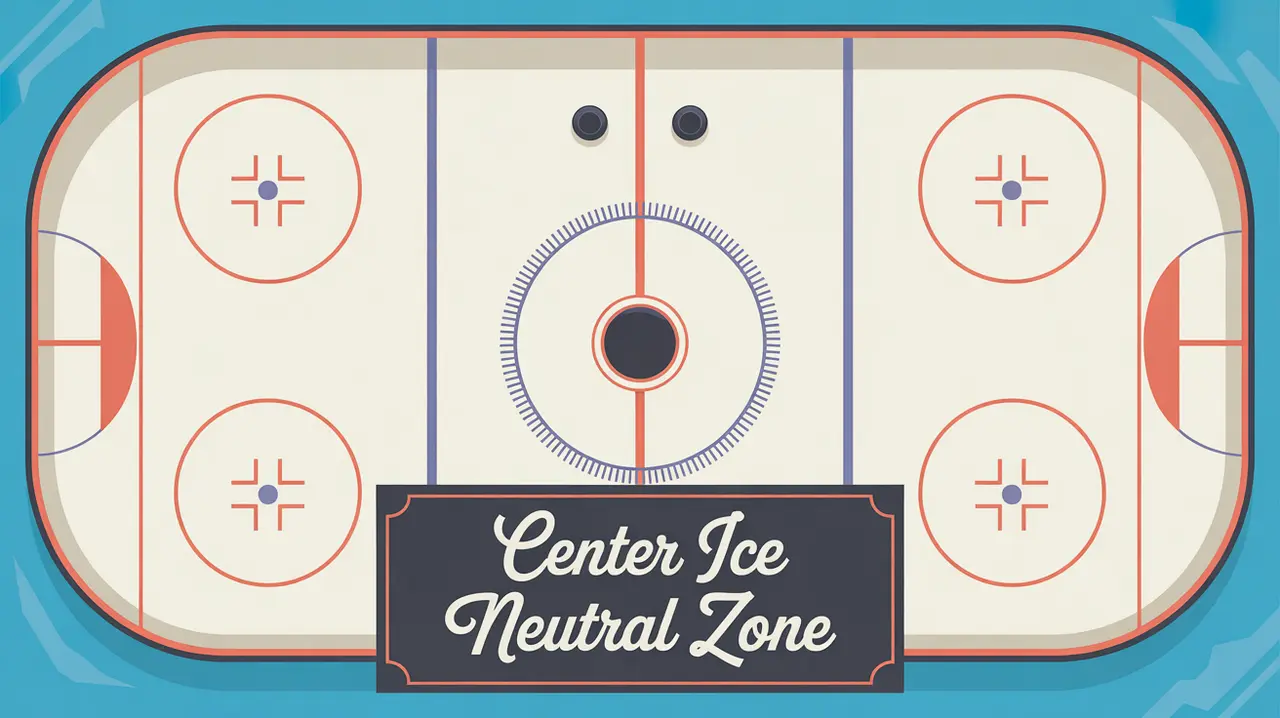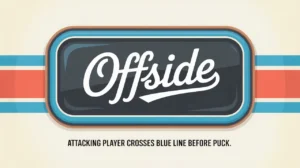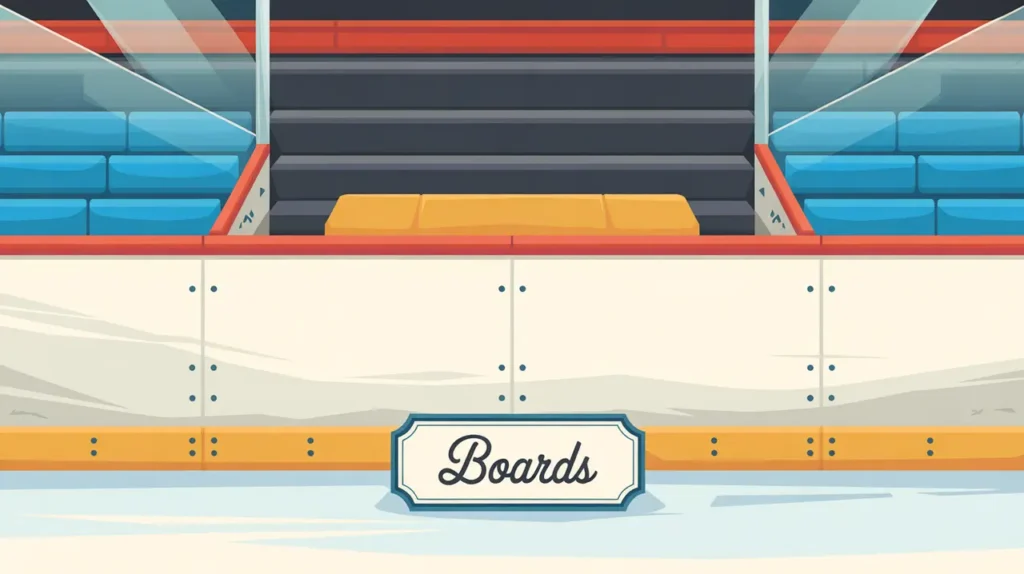Jim’s Intro to Center Ice (Neutral Zone)
Hi folks, Jim here, the only commentator who once booked a flight to Switerland because a team coach told me to meet them in the neutral zone for an interview.
What is the neutral zone?
The neutral zone is the area between the two blue lines, right in the middle of the rink. It stretches from one blue line to the other and covers the center-ice faceoff dot. It may look like empty space, but it’s where transitions happen, momentum shifts, and games are often won or lost. Offense flows through it, defense is organized in it, and every rush has to cross it.
How does it work?
The neutral zone acts as the bridge between defense and offense.
- Transitions: Teams use the neutral zone to carry or pass the puck up ice, setting up controlled entries.
- Defensive Schemes: Teams set up traps or pressure systems here to slow down attackers and force turnovers.
- Faceoff Dot: The center-ice dot is where play starts at the beginning of each period and after every goal.
- Spacing and Speed: Players use the extra room to build speed, stretch defenses, or regroup for a second attack wave.
- Icing and Offside Rules: These rules hinge on neutral zone positioning, forcing teams to manage spacing carefully.
The neutral zone shapes tempo. A team that controls this space can dictate the flow of the game.
How do you make good decisions with it?
Smart neutral zone play comes from awareness, structure, and timing.
- Support the Puck: Stay close enough for outlet passes, but spread wide enough to stretch the defense.
- Controlled Entries: Carry the puck with speed or chip strategically to avoid offsides and keep possession.
- Read Defensive Schemes: Recognize when opponents are trapping and adjust routes or passing angles.
- Line Changes: Use center ice wisely for clean changes without giving up possession.
- Faceoffs: Treat neutral zone faceoffs as chances to gain controlled entry, not just neutral scrambles.
How do you master it?
Mastering the neutral zone is about developing spatial awareness and precision. Skilled players use it to slow the game down or speed it up at will. They understand passing lanes, pressure points, and how to transition cleanly under different defensive looks. Teams that train their neutral zone systems well turn turnovers into rush chances and control the pace.
What does it look like when done right?
A team that owns the neutral zone moves like a well-rehearsed orchestra. Passes are clean, entries are controlled, and defensive traps crumble under smart puck movement. On the flip side, their defensive structure closes gaps quickly, forcing opponents to dump the puck or make mistakes.
Commentator’s Corner
Jim’s Take
I’ve seen teams treat the neutral zone like a hallway they sprint through without looking. The best teams treat it like a chessboard, thinking two moves ahead.
Parent Tip
Help young players understand that the neutral zone isn’t just in-between space. Teaching support and spacing here builds strong two-way habits.
Player Tip
Work on reading defensive setups and making smart passes in the neutral zone. Clean transitions make everything else easier.
A Final Thought
The neutral zone may not get the highlight reels, but it’s where control of the game quietly shifts. Master it, and you control both tempo and territory.









